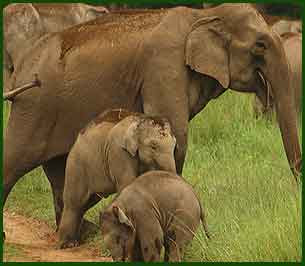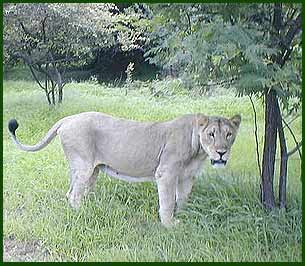 Jim Corbett National Park
Jim Corbett National ParkThe Corbett National Park is the first National park of India and it was established in 1936. The sactuary come under the project tiger. It is located in the state of Uttarakhand in the foothills of the Himalayas.
Corbett National park is the place of tigers and the best for wildlife adventure, wildlife photographic tour and tiger safari in India. The wild animals found in the park are Leopards, Wild Boar, Deer, Black Bear, Wild Dogs, etc. There are around 580 bird species found in the Corbett National Park and it is very popular as bird watching spots in India.
The Corbett National Park opens from November 15 to June 15. It is closed between June 16 and November 14. So between November to June is the best season for the wildlife tour in Corbett National Park.
Corbett National park is the place of tigers and the best for wildlife adventure, wildlife photographic tour and tiger safari in India. The wild animals found in the park are Leopards, Wild Boar, Deer, Black Bear, Wild Dogs, etc. There are around 580 bird species found in the Corbett National Park and it is very popular as bird watching spots in India.
The Corbett National Park opens from November 15 to June 15. It is closed between June 16 and November 14. So between November to June is the best season for the wildlife tour in Corbett National Park.


